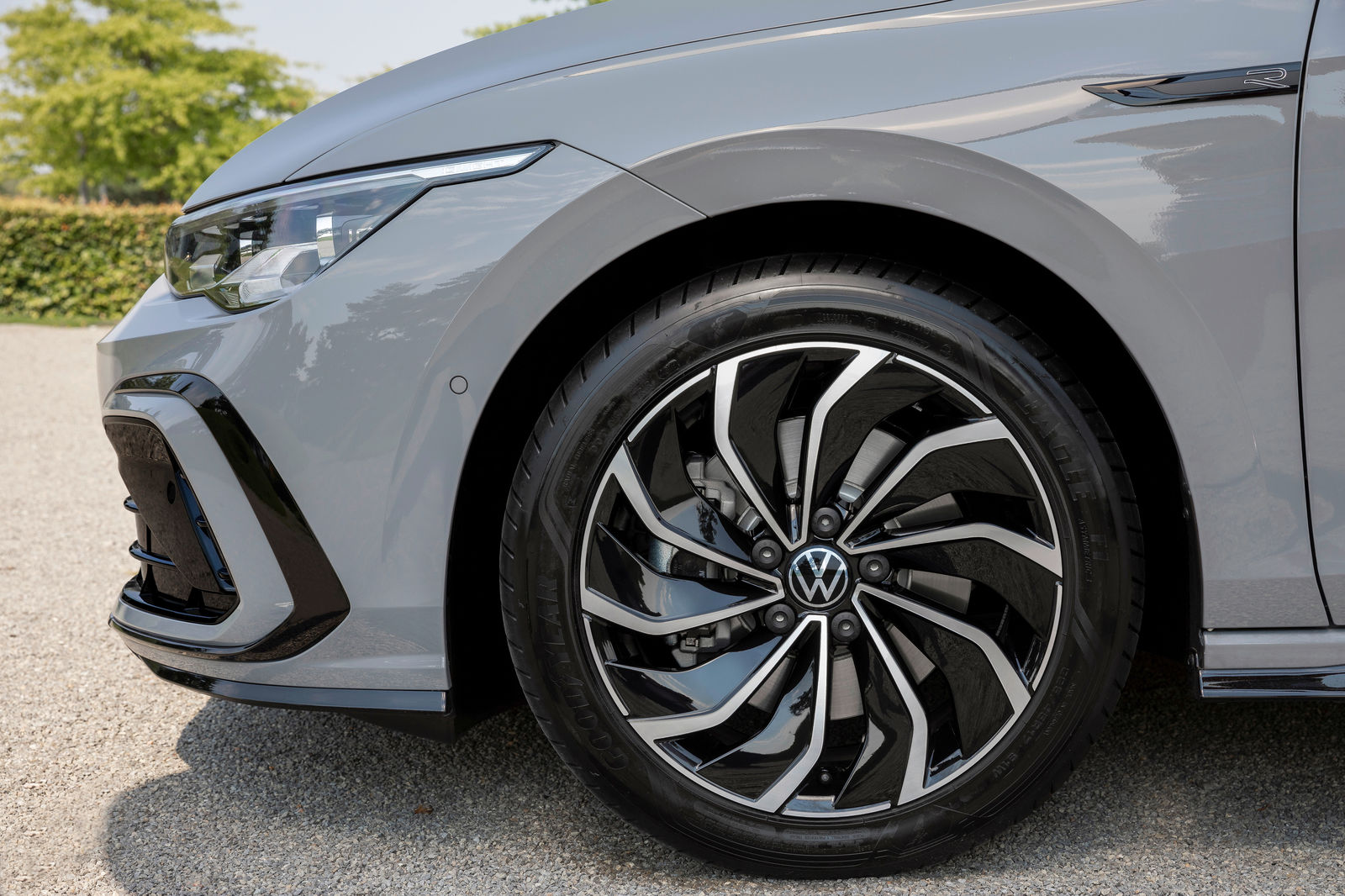The drive components
48 V plus 12 V. The new 48 V system helps to save fuel. In fact, consumption is reduced by up to 0.4 l/100 km. The 48 V technology permits transmission of higher electric power levels with comparatively small conductor cross-sections and a compact battery, and thus also with low additional weight. That leads to recuperation of significantly more energy during braking and deceleration. The energy stored in the 48 V lithium-ion battery supplies the 12 V vehicle electrical system and drives a 48 V belt-driven starter-alternator. This belt-driven starter-alternator takes on the role of the alternator and starter while simultaneously operating as a small, lightweight electric motor that instantly boosts the drive torque when moving off. The output of the generator is transferred by the belt drive. It also starts the combustion engine – which is switched off as much as possible while the vehicle is moving – in a barely perceptible way. In this case, the 48 V battery supplies energy to all the important systems of the Golf eTSI. Overall, the 48 V mild hybrid drive combines low consumption and emission values with excellent moving-off performance that is hardly matched in this way by systems without electric boost.
EA211 and 7-speed DSG dual clutch gearbox. One 1.0-litre and two 1.5-litre TSI engines serve as the drive basis for the new 48 V mild hybrid systems. All three TSI engines belong to the ultra-modern EA211 TSI series. Gear changing is performed as standard by an automatic 7-speed DSG dual clutch gearbox (DQ200). Always on board: a petrol particulate filter. All eTSI engines of the new Golf comply with the Euro 6d-ISC-FCM emission standard.
eTSI with 81 kW. The 1.0 TSI is a three-cylinder engine with a displacement of 999 cc. It develops a power output of 81 kW (110 PS) and the maximum torque of 200 Nm is available between 2,000 and 3,000 rpm. The high-tech engine operates with the particularly efficient, high-compression TSI Miller combustion process and a turbocharger with variable turbine geometry (VTG).
eTSI with 96 kW. A four-cylinder engine with a displacement of 1,498 cc is used for the higher power outputs. The version with 96 kW (131 PS) also features the TSI Miller combustion process and a VTG turbocharger. The engine develops its maximum power between 5,000 and 6,000 rpm. Like in the 1.0 TSI, the maximum torque is exactly 200 Nm; however, this is available over a wider rpm range between 1,400 and 4,000 rpm in the case of the 1.5-litre engine.
eTSI with 110 kW. Like the 96 kW engine, the 1.5 TSI with 110 kW (150 PS) delivers its maximum power between 5,000 and 6,000 rpm. Thanks to Active Cylinder Management (ACT), two of the four cylinders are switched off as often as possible on both 1.5-litre engines with users barely noticing. This minimises both consumption and emissions. The maximum torque of the 110 kW engine is 250 Nm and this is available between 1,500 and 3,500 rpm. The Golf eTSI with 150 PS has a top speed of 224 km/h.
